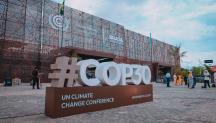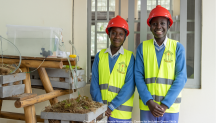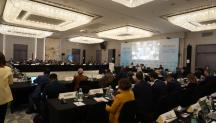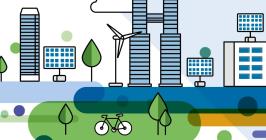
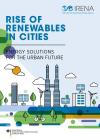
-
-
IRENA (2020), Rise of renewables in cities: Energy solutions for the urban future, International Renewable Energy Agency, Abu Dhabi.
Copied
/-/media/Files/IRENA/Agency/Publication/2020/Oct/IRENA_Renewables_in_cities_2020.pdf
Copied
Rise of renewables in cities
Newsletter
Energy solutions for the urban future
As the world grapples with climate change, urban energy systems have emerged as a key focus of mitigation and adaptation strategies. Cities contribute high shares of global carbon dioxide (CO2) emissions. Yet they also offer clear opportunities to reduce emissions and develop climate-resilient future infrastructure.
This report is also available in Chinese (中文) and Spanish (español).
This report from the International Renewable Energy Agency (IRENA) highlights resource potential, targets, technology options and system-planning priorities for cities around the world. City-level targets - properly attuned to local resources and needs - are an essential component of the transition to renewables.
Cities will need to accommodate two-thirds of the world's population in a liveable, low-carbon environment by 2050. Accelerated uptake of locally produced renewables can strengthen the urban economy, create new jobs and improve people's living conditions and welfare.
Future urban infrastructure must span the full spectrum of energy uses, including power, heating and cooling, buildings and transport. Smart grids linked to electric vehicles, energy storage and intelligence energy management are crucial to integrate high shares of solar and wind power in synergy with other renewable sources.
Among other findings:
- Growing numbers of cities have set renewable energy targets, but these are concentrated (80%) in the world's wealthier, more temperate regions.
- Target-setting is most advanced in cities of 100 000—500 000 inhabitants, with larger cities and mega-cities using relatively low shares of renewables.
- Hydropower, bioenergy and waste-to-energy have helped cities cut CO2 emissions and meet targets for renewables.
- Large bioenergy and waste-to-energy plants can work in tandem with distributed networks of solar panels.
- Evolving turbine technologies could facilitate greater use of urban wind power.
- Geothermal energy, where available, offers valuable direct-use options.
- District heating networks can be adapted to incorporate renewable energy sources.
